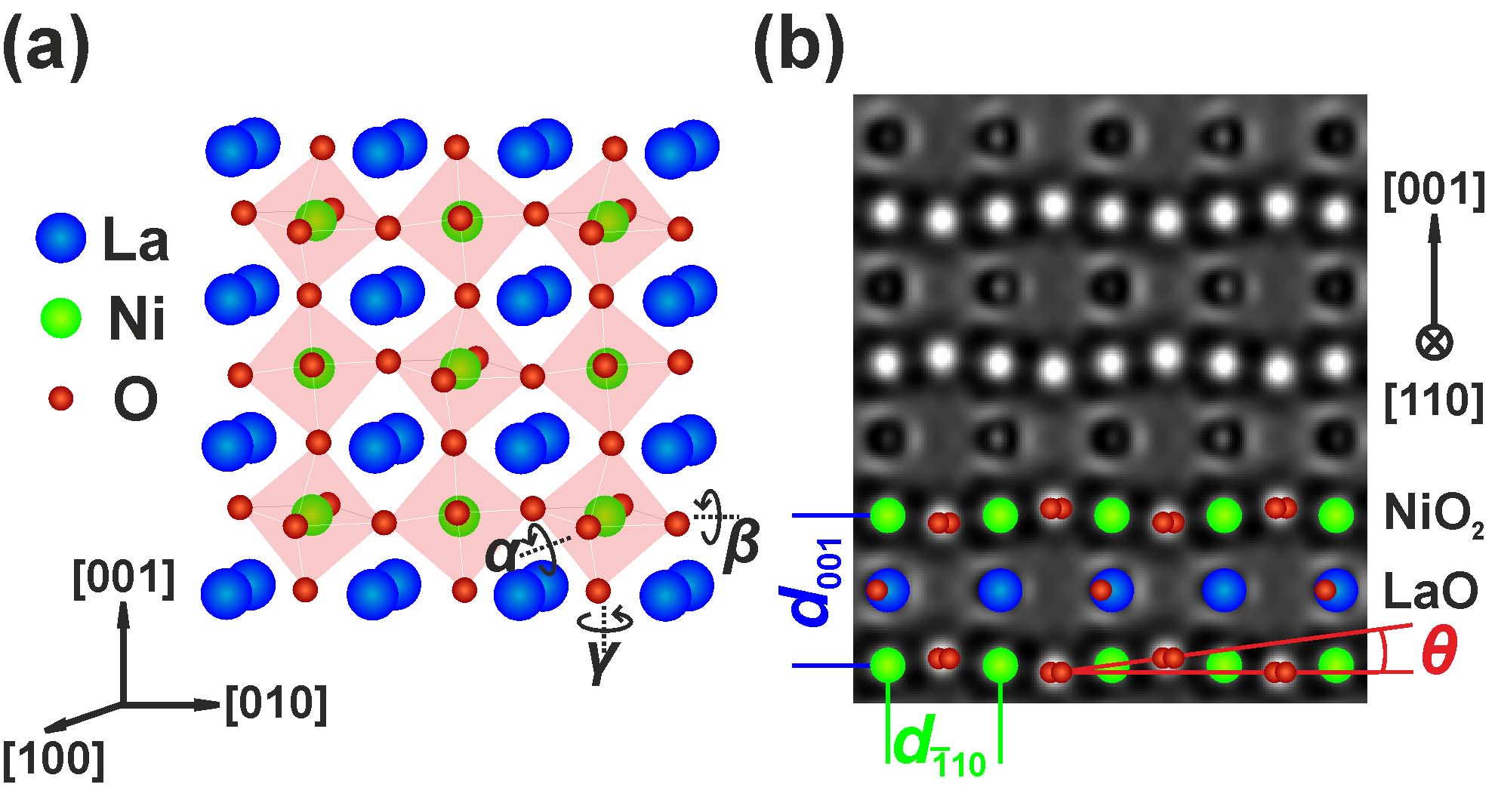F. Misják, H. Qi, M. K. Kinyanjui, U. Kaiser
Rare-earth nickelate superlattices
Superconductivity is one of the most intriguing quantum states of matter. Beside their large interest for basic research, superconductors have great potential for applications, which can only become efficient when critical temperatures (Tc) to the superconducting phase can be substantially raised and therefore the search for high-Tc materials is ongoing.
Complex oxide heterostructures offer large variety of available quantum states and possibilities of their manipulation through external parameters. In a thin film or multilayer form they possess further degrees of freedom, like epitaxial strain, charge transfer and electronic confinement, which allow novel quantum effects to emerge, including even superconductivity. Model calculations have shown that superlattices composed of rear-earth nickel oxide and a band-gap insulator may host physics similar to that of the high-Tc cuprates. This theoretical work has recently initiated a lot of research activity. The aim of the project is to take this initial idea a step further and create a material with quantum states which cannot be obtained under equilibrium conditions.
In our work, we characterize the structural properties of LaNiO2+δ-based superlattices grown on different substrates with different lattice mismatch and subsequent low-temperature reduction to LaNiO2+δ-RXO3 (R=rare earth, X=Al, Ga, Sc) by chemical treatment.
Dr. Eva Benckiser, MPI für Festkörperforschung Stuttgart
"Layer-selective reduction of rare-earth nickelate superlattices" in the frame of the IQST Programme

